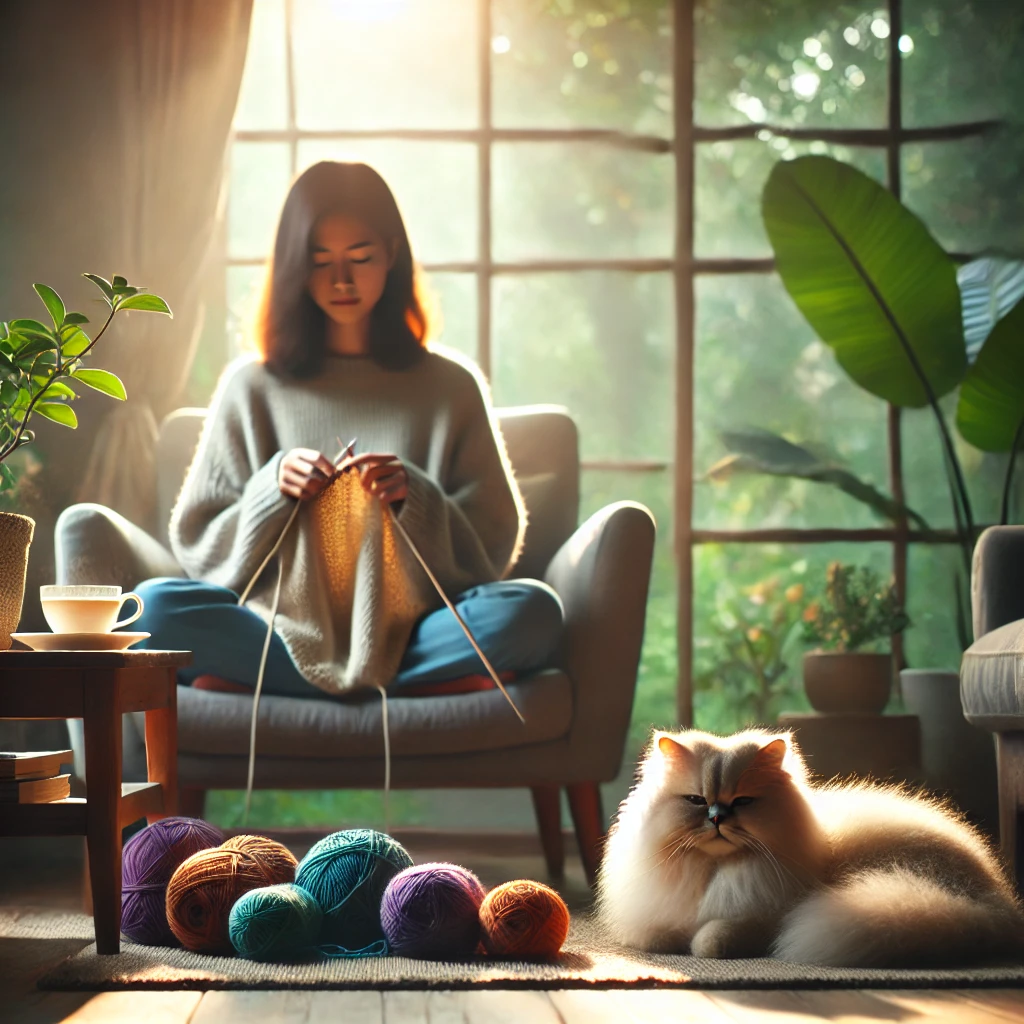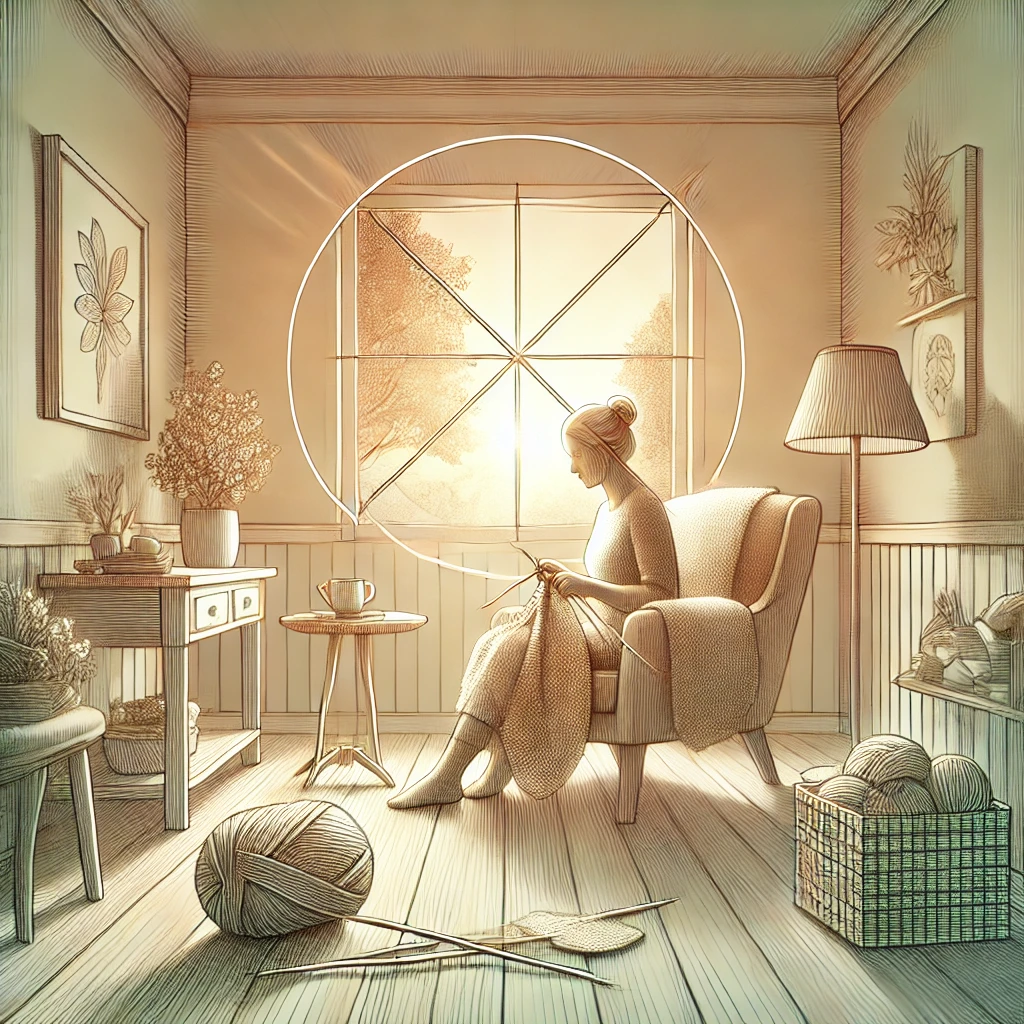Mindfulness can be summed up as being fully present in the moment without judgment, allowing one to acknowledge and accept the current experience. It involves an awareness of thoughts, emotions, and sensations without getting overwhelmed.
Practicing mindfulness often includes techniques like meditation, yoga, or simply focusing on one’s breathing.
This practice goes back thousands of years, deeply rooted in meditation traditions, notably within Buddhism.
However, mindfulness isn’t exclusively a religious or spiritual practice today. In the modern world, it’s been embraced by psychologists and wellness advocates to help people cope with everyday stressors.
Engaging in mindfulness regularly brings many benefits. People often find it reduces stress and anxiety, enhances emotional health, and boosts overall well-being.
It can improve focus and attention, making day-to-day tasks more manageable, while potentially even contributing to longer-term improvements in physical health, like reduced blood pressure.

Scientific studies back up these benefits. Research shows that mindfulness practices can change the brain’s structure, increasing grey matter in areas related to memory, emotions, and learning. Multiple studies have found that individuals practicing mindfulness report lower levels of stress, improved mood, and even better immune function.
Exploring mindfulness as a practice opens up exciting possibilities for enhancing mental and physical health. It’s a way to centre oneself in today’s fast-paced world, encouraging a more thoughtful and balanced approach to life’s challenges.
Why Knitting is More Than Just a Hobby
Knitting isn’t just a craft to make scarves and blankets—it’s found new life as a top pick in creative hobbies. Over the years, more people have discovered its charm, turning it into a trendy activity. From Instagram feeds filled with colorful yarns and patterns to knitting circles popping up in local cafes, it’s clear that knitting has made a vibrant comeback.
With various techniques like stocking stitch, garter stitch, and cable, each method offers a unique experience. Whether you’re looking to create intricate patterns or just sticking with a simple design, knitting caters to all skill levels. Plus, each technique teaches patience and persistence, valuable skills in any part of life.
Beyond the joy of crafting, knitting also provides a therapeutic release. The tactile pleasure of yarn running through fingers and the steady rhythmic motion helps ease tension. It serves as a creative outlet, where frustration or stress from a long day can transform into something tangible and beautiful.
Knitting brings people together. Even in today’s digital age, knitting groups are thriving. These communities, whether online on platforms like Ravelry or in-person gatherings, offer a space for sharing tips, patterns, and stories. The shared challenge of a tough pattern or the victory of a finished project creates bonds and friendships.
Whether picking up needles for the first time or rediscovering an old passion, knitting’s appeal goes beyond the finished product. It’s about the process—building connections, relieving stress, and creating something unique.
The Healing Power of Knitting as a Mindfulness Practice

Knitting holds potential far beyond creating handmade items; it’s a mindfulness practice in its own right. The repetitive, steady motions of knitting can transport the mind into a state similar to meditation.
This rhythm not only soothes but also concentrates the mind, creating a calm sanctuary for thoughts and emotions.
Through knitting, there’s an organic connection with each motion, aligning mind, body, and spirit.
The tactile act of weaving yarn over needles transforms into a rhythmic pattern that mirrors the meditative breaths often taught in mindfulness exercises.
Each stitch anchors the knitter to the present moment, whether it’s a knit or purl.
Multiple personal stories from knitting communities highlight how knitting supports mental health. Individuals have shared how it helped alleviate symptoms of anxiety and depression. There’s something incredibly grounding about watching a project slowly come to life, knowing it grows stitch by stitch, moment by moment.
Knitting also enhances focus and attention. The need to follow a pattern or count stitches trains the mind to focus solely on the task at hand. This cultivated patience and clarity often spill over into daily life, making other tasks feel less overwhelming.
For anyone looking to explore mindfulness in an unconventional way, knitting presents a perfect opportunity. It’s not just about crafting, but about creating a serene mental space where stress can melt away, leaving behind clarity and calmness.
Getting Started: A Beginner's Guide to Mindful Knitting
Starting a mindful knitting journey begins with picking the right materials. Choose yarns that feel good in your hands and bring a sense of joy. Needles come in various sizes, so finding one that matches the yarn type and your comfort level is crucial.
Create a relaxing environment where you can knit without distractions. Find a cozy corner at home or join a quiet knitting group. Playing calming music or lighting a scented candle can enhance the experience. The key is to set up a space that helps you focus and be present.
As you begin your first project, remember it’s about the process, not perfection. Start with simple patterns that don’t require constant attention. This way, you can focus more on the experience. Basic stitches like garter or stocking stitch are perfect for beginners wanting to practice mindfulness.
Maintaining focus is easier said than done, but integrating mindful breathing helps. Pay attention to your breath as you knit, syncing your rhythm with each stitch. If your mind wanders, gently bring it back to the pattern and the sensation of yarn between your fingers.
Connect with other mindful knitters through online platforms or local meetups. These communities provide support, share resources, and inspire new projects, creating a network of like-minded individuals who appreciate the art and the peace it brings.
